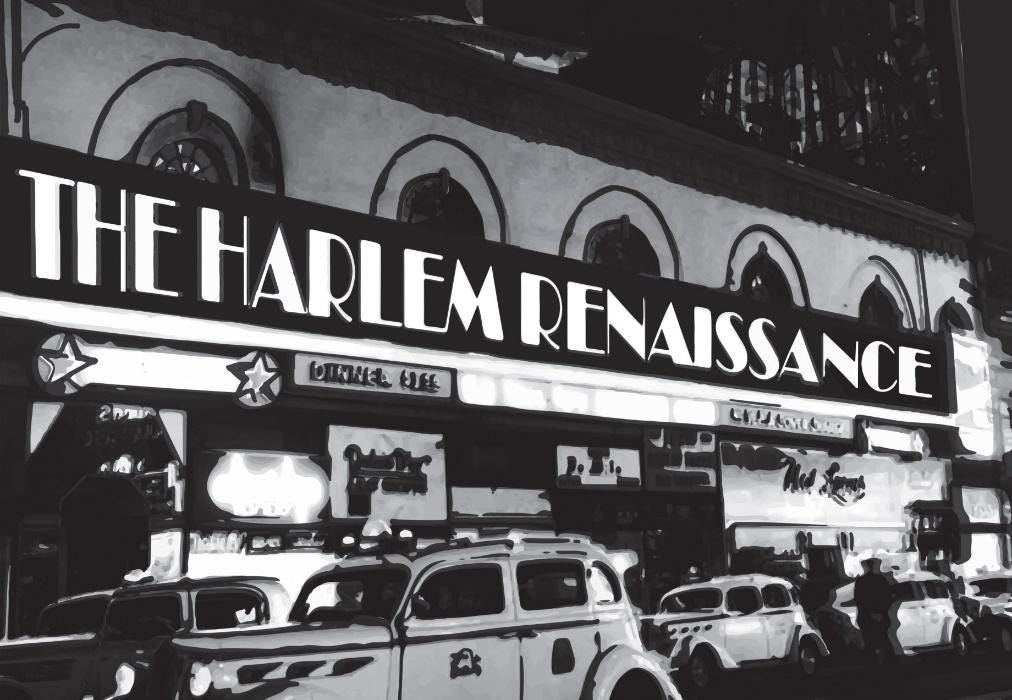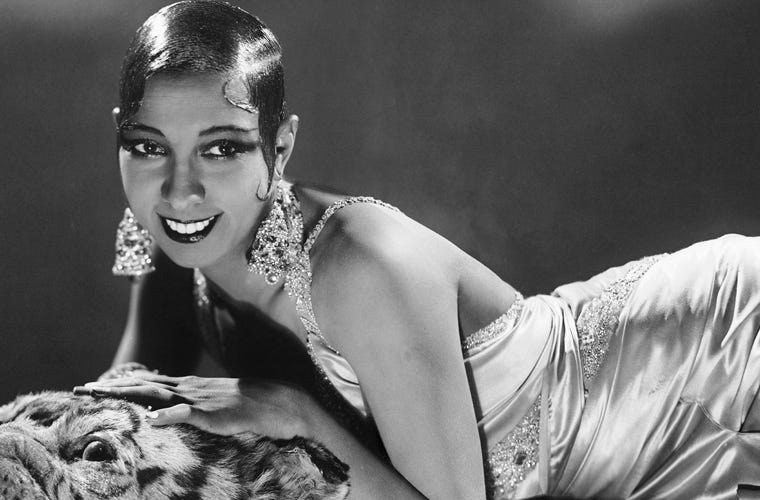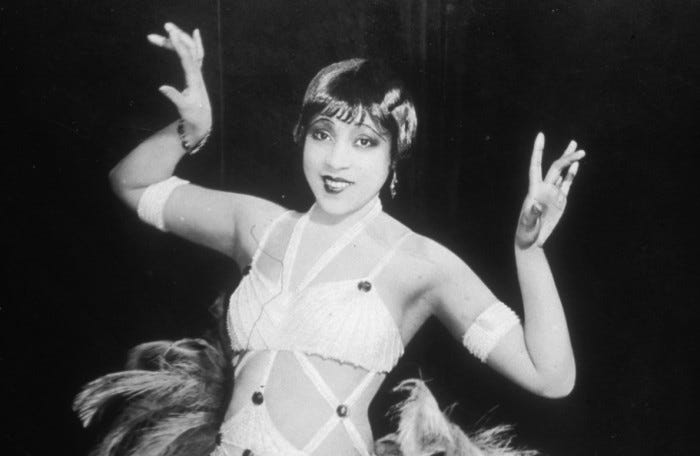I feel that the Harlem Renaissance isn’t as well-known as it should be to our generation. Sure, it’s taught in schools during our mandatory history classes, but like many other events, it just doesn’t always stick in your mind. One look at the word “Renaissance” makes students look the other way, their interest fading. Even if you have heard of it, you usually just know of the most famous people such as Louis Armstrong, Claude McKay, and Langston Hughes. That isn’t a bad thing, and I’m not here to discredit these amazing artists, but there are so many other figures that I feel should also be recognized in schools.
I want to start off first with answering the question: What was the Harlem Renaissance? The word “Renaissance” means “rebirth”. The Harlem Renaissance is considered the rebirth of African American culture, whether that be music, literature, art, or even stage performances. As the name suggests, it mainly originated and popularized in the neighborhood of Harlem in New York City, starting in the 1910s and lasting through the mid-1930s. Now, here’s a few figures that have each had a lasting effect on not just the Harlem Renaissance, but African American culture as a whole!
Freda Josephine Baker
Freda Josephine Baker, born in St. Louis Missouri in 1906, was the first black woman to star in a major motion picture, and was also a correspondent for the French during WWI. She grew up in a low-income area in St. Louis and at a young age, learned to support herself and would work to make ends meet. Baker began to make a living on street corner dancing during her teens, and over time, her career gained traction. This took her to France at 19 years old, where her career truly began to take off. Baker became an instant success in France, touring all around Europe and appealing to the renewed interest in non-Western art forms during the 20s. She soon became the most successful American entertainer in France, advertising for countless brands and preforming at the most prestigious venues and theaters. She released a song “J’ai deux amours” assimilating her fully into popular French culture, and her later starring in films only pushed her further into stardom.
At the start of World War I, she was recruited as a correspondent for the French military. During this time, she would attend events and socialized with Germans, not only charming them but also gathering information about their military. Baker attended parties and travelled all around Europe, hiding her true motives behind being a performer and never raising suspicion. She remembered things that the people she conversed with let slip and wrote down notes in invisible ink on her sheet music along with pinning notes to her underwear to bypass any searches they might have done.
After the war, she continued to perform, participated in the Civil Rights movement, and cared for her 11 adopted children. She fell upon some money struggles but stayed afloat and performed for the last time in 1975, celebrating her 50 years in the show business. Four days later, she fell into a coma, passed on April 17, and became the only American born woman to receive full French military honors at her funeral. Her legacy in the show business, both in America and France, along with her invaluable service during World War I continues to live on even today.
Richard Bruce Nugent
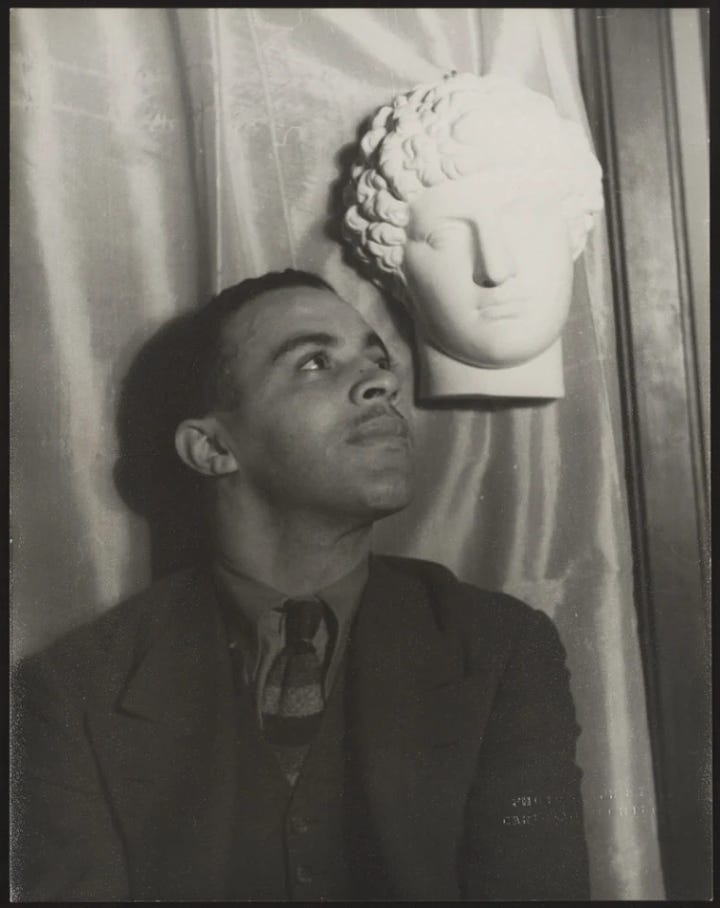
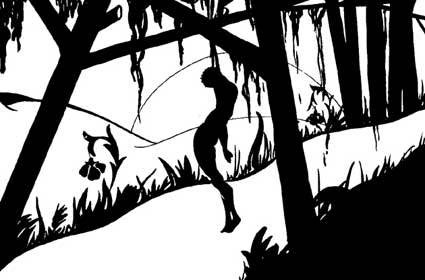
Richard Bruce Nugent was born in Washington D.C. in 1906 and became a publicly out gay writer and artist. He completed his high school career in 1920 and was urged into the workforce by his mother who questioned and worried about his desire to become an artist. To make enough money to support his family, he would pass as white and even went by another name and alibi as he worked. During this time, he met famous writers during this era like Langston Hughes and Georgia Douglas Johnson, who he often worked together with.
The year 1925 marked his first published works as a writer, his career built around detailing his life as a gay and black man. His honest and candid work was often chastised by other writers, especially by other gay writers. One specific feature about his works was that he used codes and less obvious ways of speaking to ensure that other straight writers and readers didn’t find out his true messages. Being a part of Harlem Renaissance, Bruce was interviewed and consulted by many writers on both black and gay history, for documentaries and movies being made with his input. During such an unsupportive time of minorities. Bruce was able to bridge the gap between both black and gay people living during the 20th century.
Adelaide Louise Hall
Adelaide Louise Hall, born in Brooklyn, New York in 1901, was a jazz singer and entertainer whose career spanned for more than 70 years. She began her career on Broadway in 1921, appearing in the musical Shuffle. Along and from there, she continued to appear in other black musical shows. She joined a revue called the Chocolate Kiddies in 1925, which started in New York, then set sail for Europe, lasting almost a whole year. The following year, Hall returned to New York, featuring in multiple other shows until she toured America from October 1926 to September 1927, during which she was highly praised for her performances.
For the decades following, she would travel all around the world to perform, her popularity never dwindling as she also began to record and produce her own music. By 1938, she had officially moved to London and a year later, Hall stared in the first world broadcast by BBC. She continued in her career, making over 70 records, had her own BBC series on the radio (and became the first black artist to have a long-term contract with them), and continued to perform. In 2003, she was even entered into the Guinness Book of World Records as the world’s most enduring recording artist, as her career spanned for almost 80 years. Since her death, she has received countless of awards for her artistry and has inspired so many artists around the world as he legacy lives on.
Taking a more serious turn, I urge anyone reading this to take some time out of your own day—even just 5 minutes—to research and explore the lives of key and lesser-known figures that have affected social change for minorities around the world. The Harlem Renaissance is just one example of this, and there are countless more if you look under the surface.
As my AP Lang teacher would say, history is vital for rhetoric, and rhetoric is vital for life, so educating yourself on past events can not only help your writing and speaking skills, but also make yourself more well rounded in various topics. Which is basically saying to learn more, which I hope you have while reading this article! :)
More about the Contributor
Nico Carrillo, Staff Writer
Nico likes to read, watch anime/shows, listen to music, and paint on their free time. They also like exploring their clothing style, spending time with stray cats, and collecting a heinous number of buttons. They don’t really know what write about for the newspaper, but they’re figuring it out!



